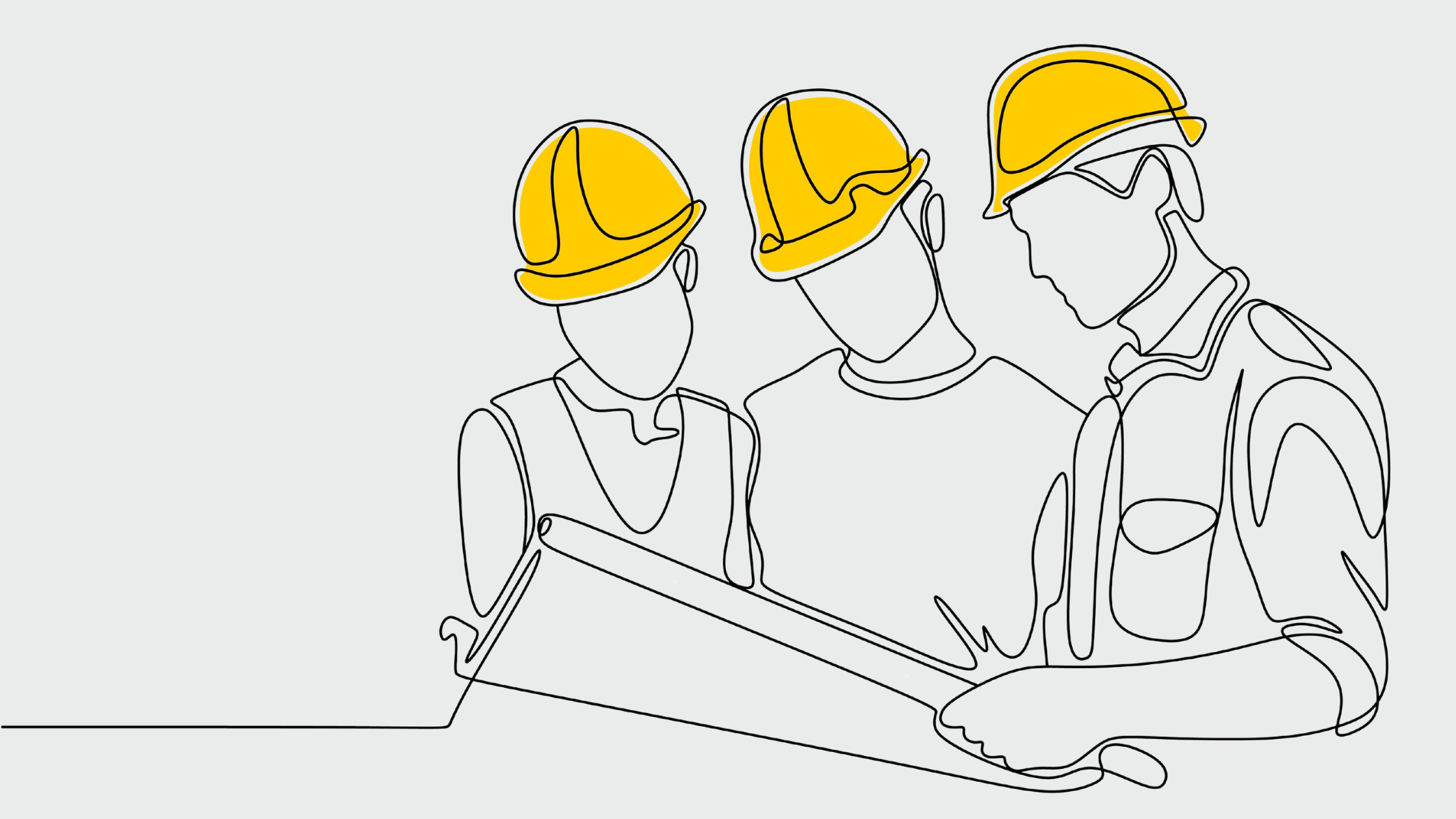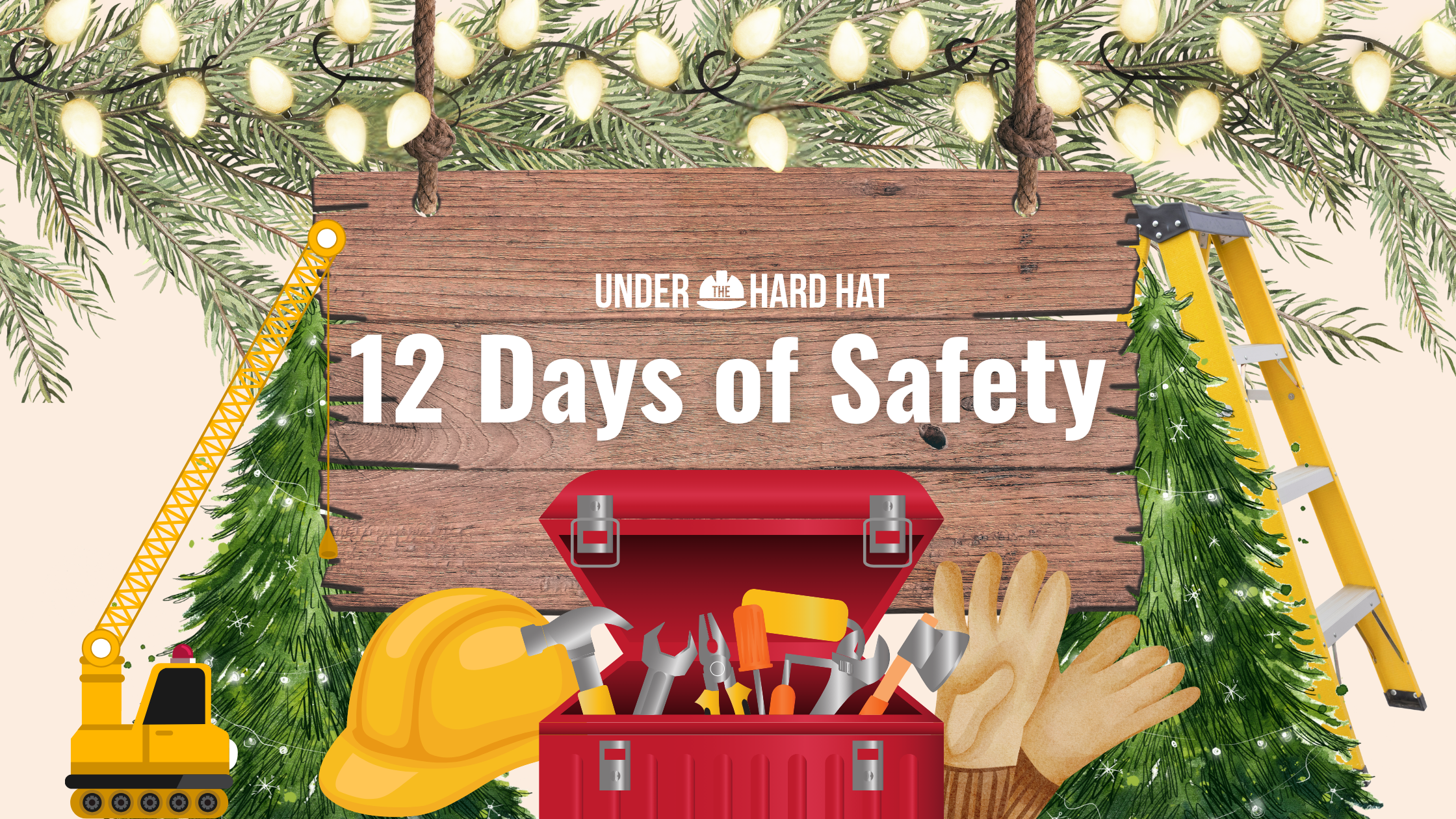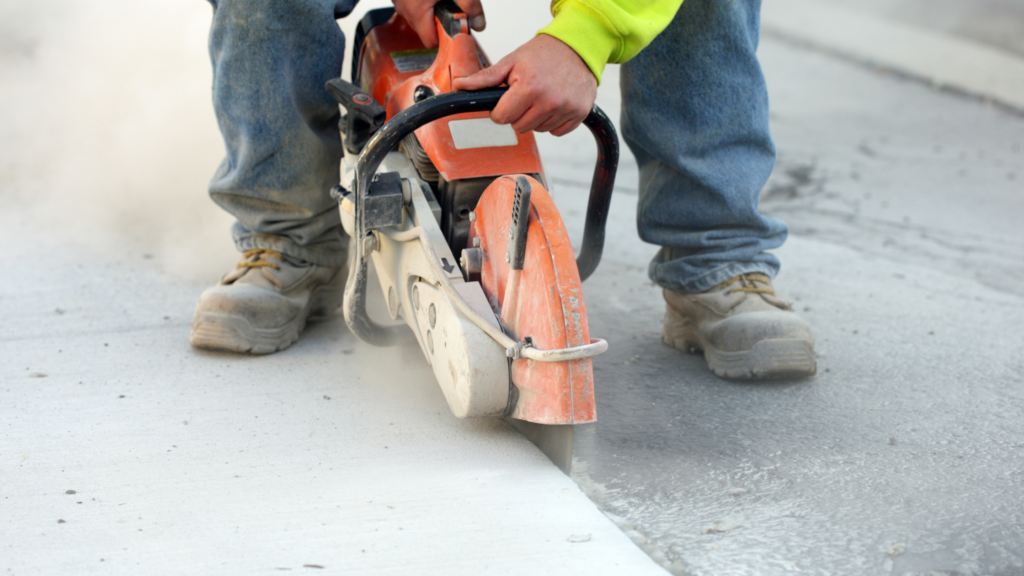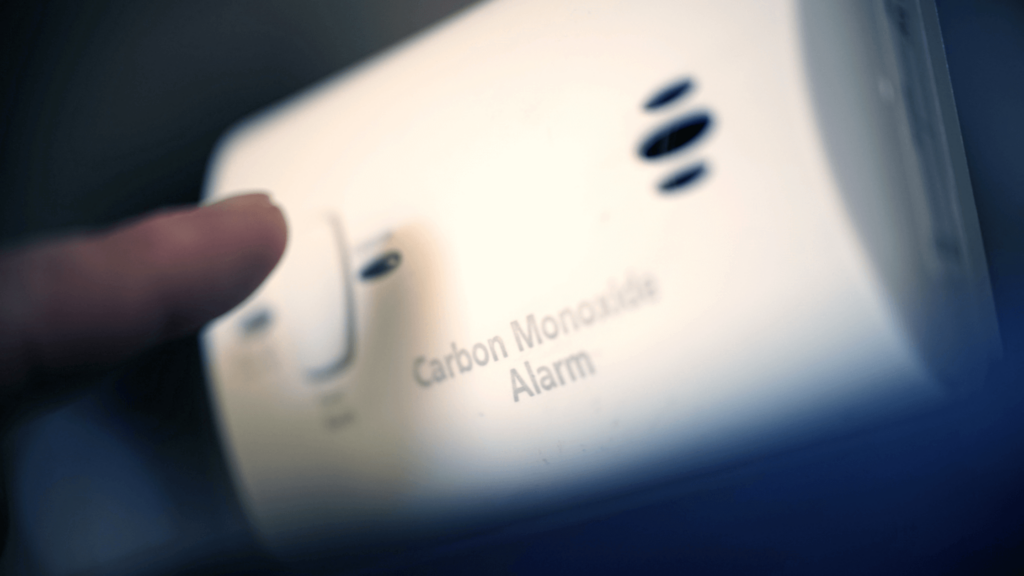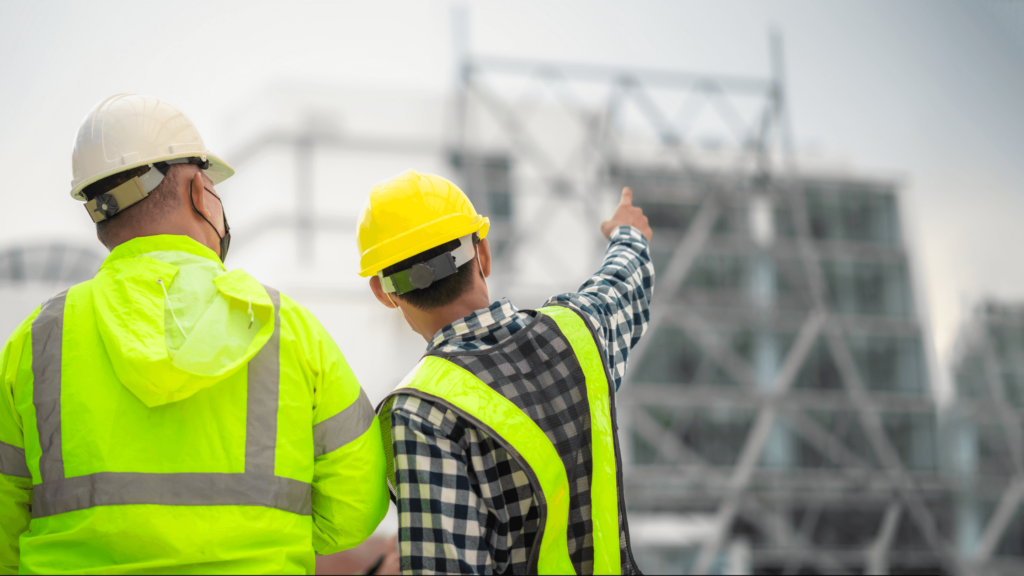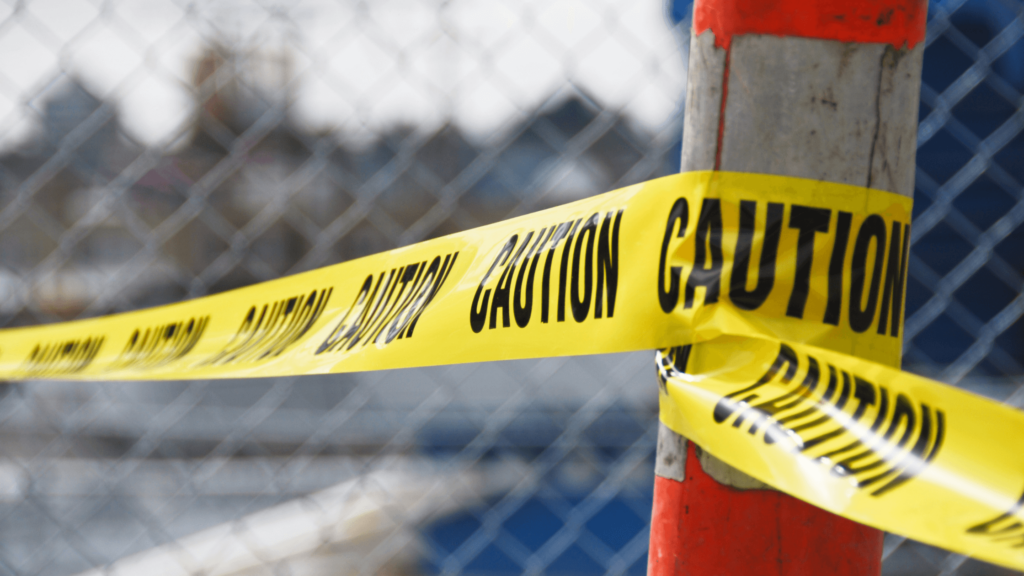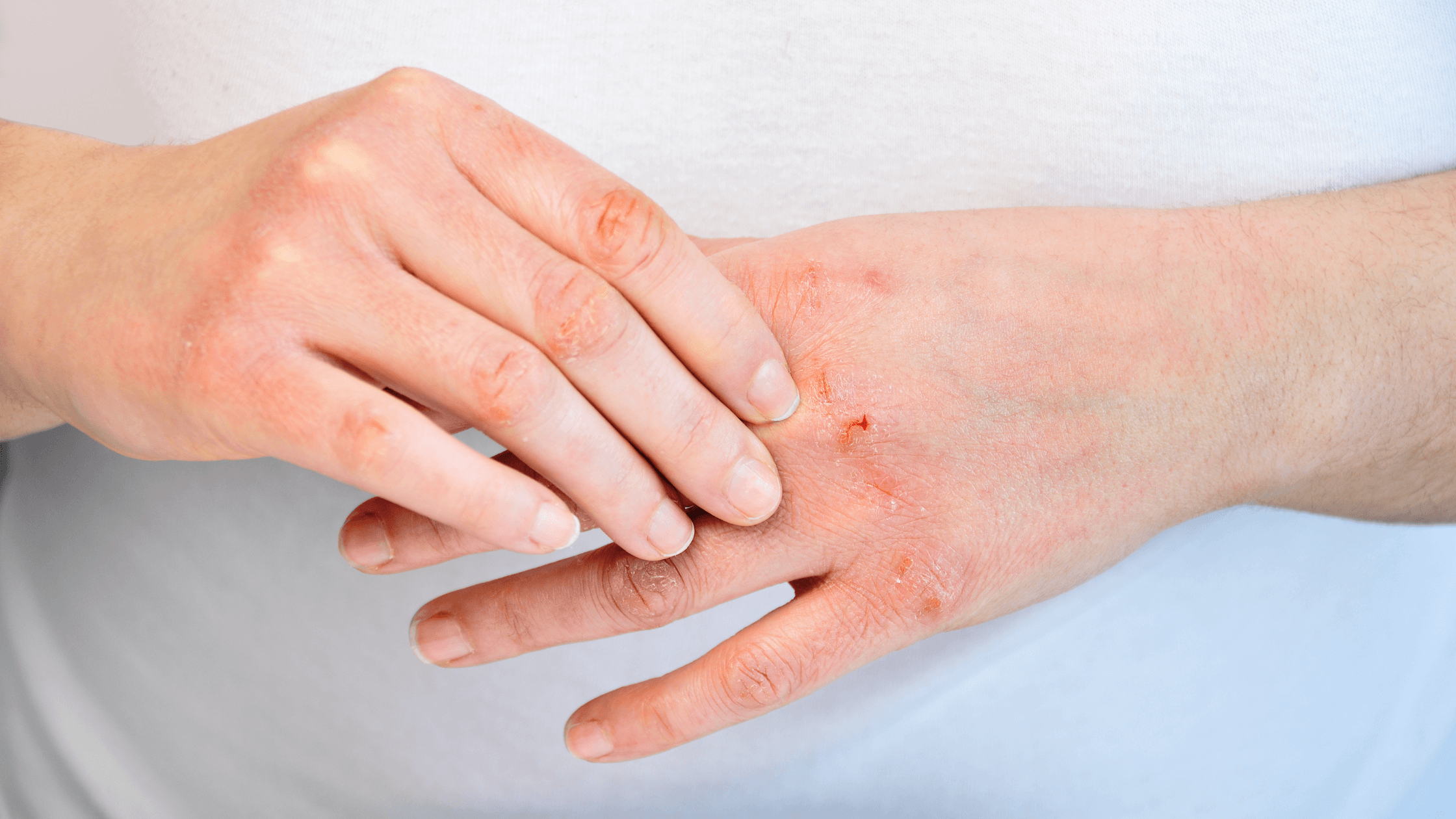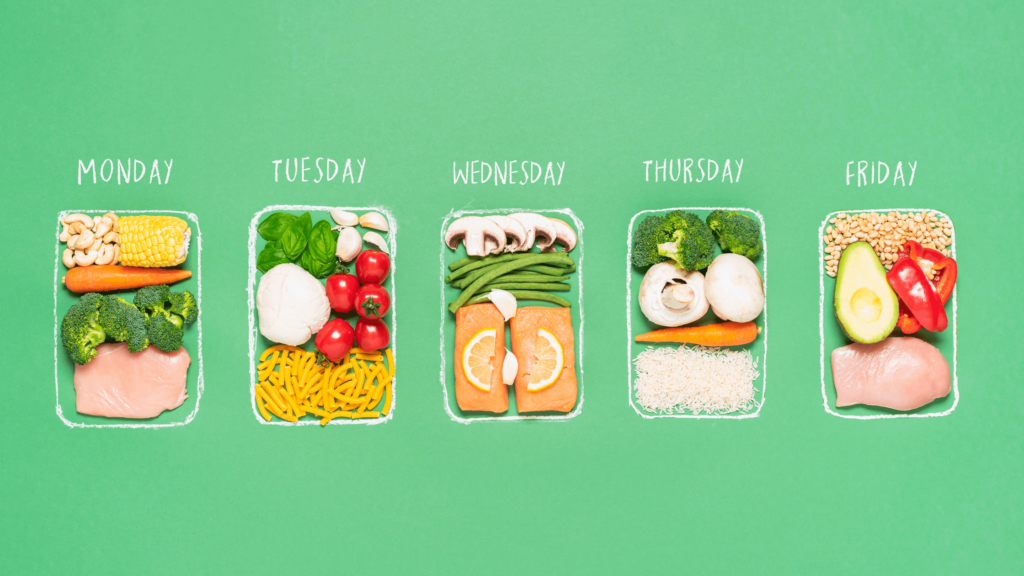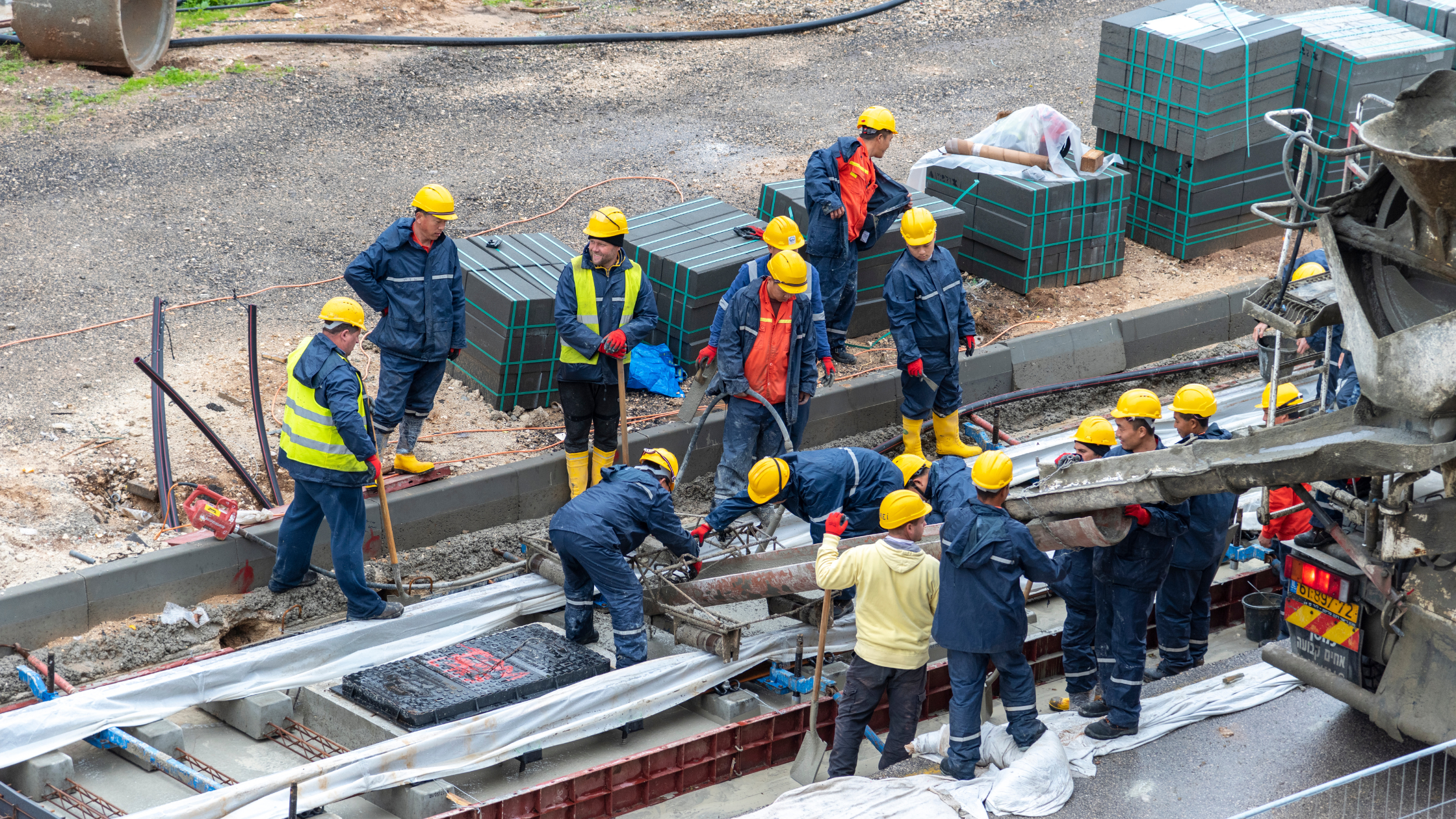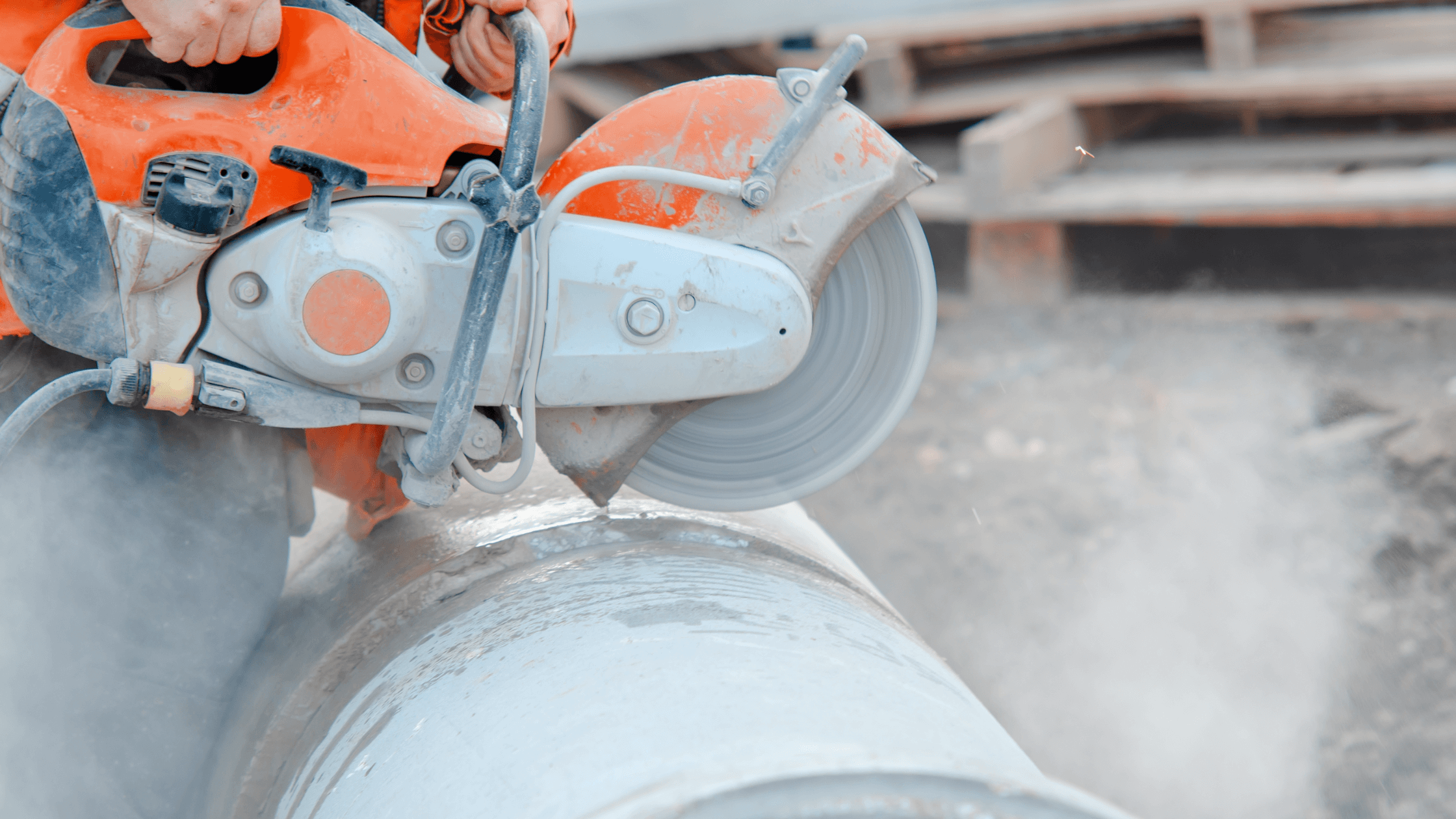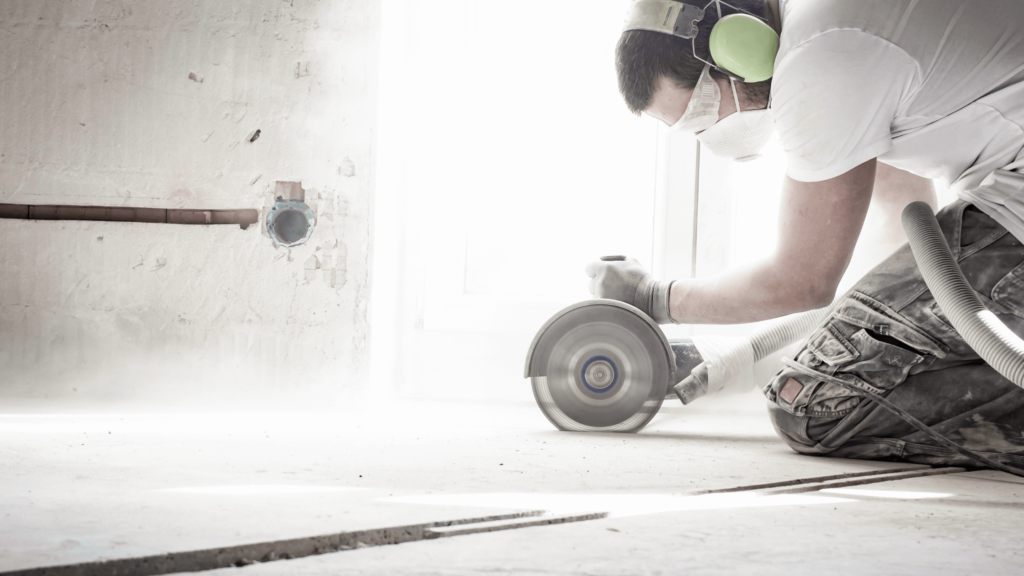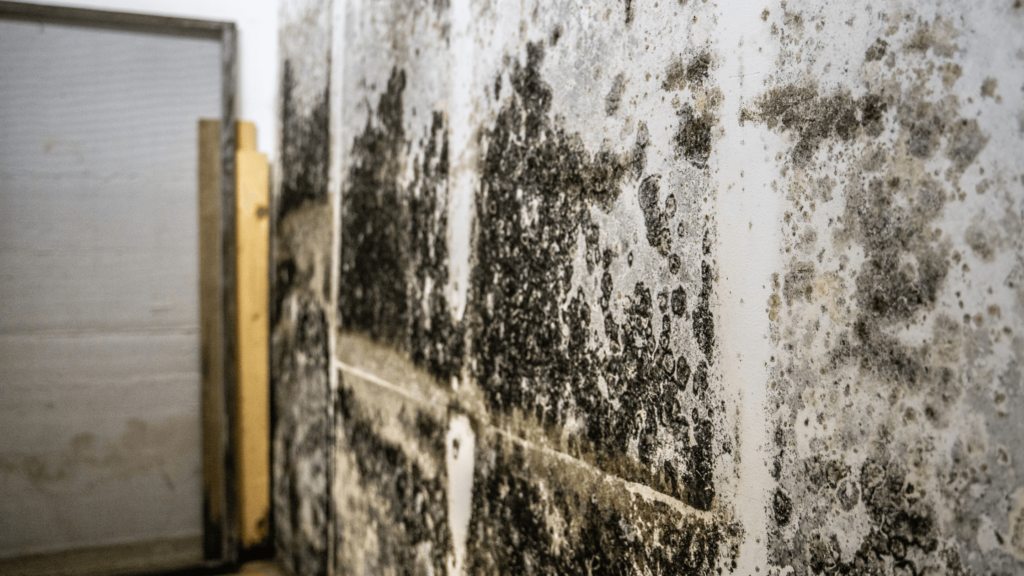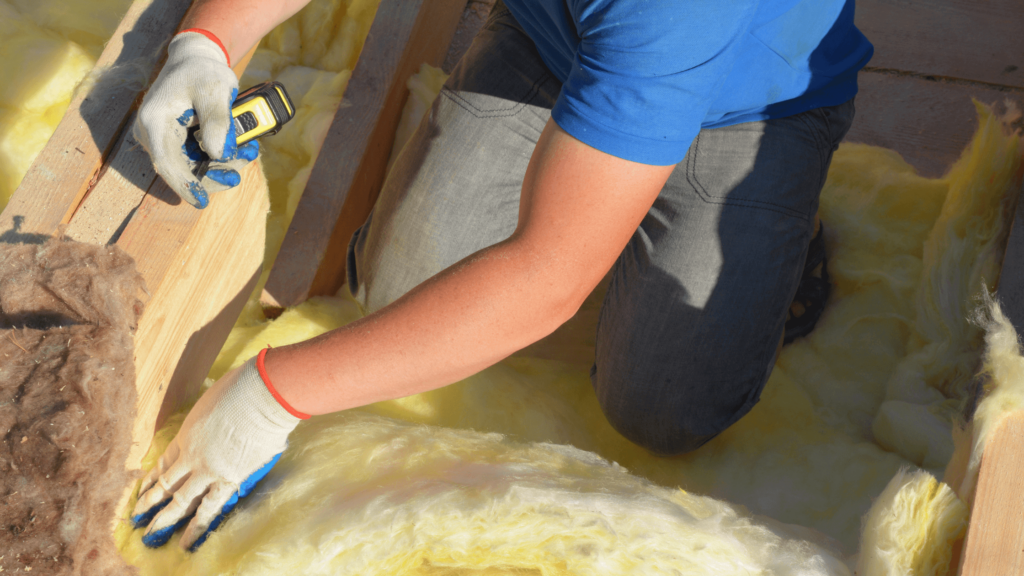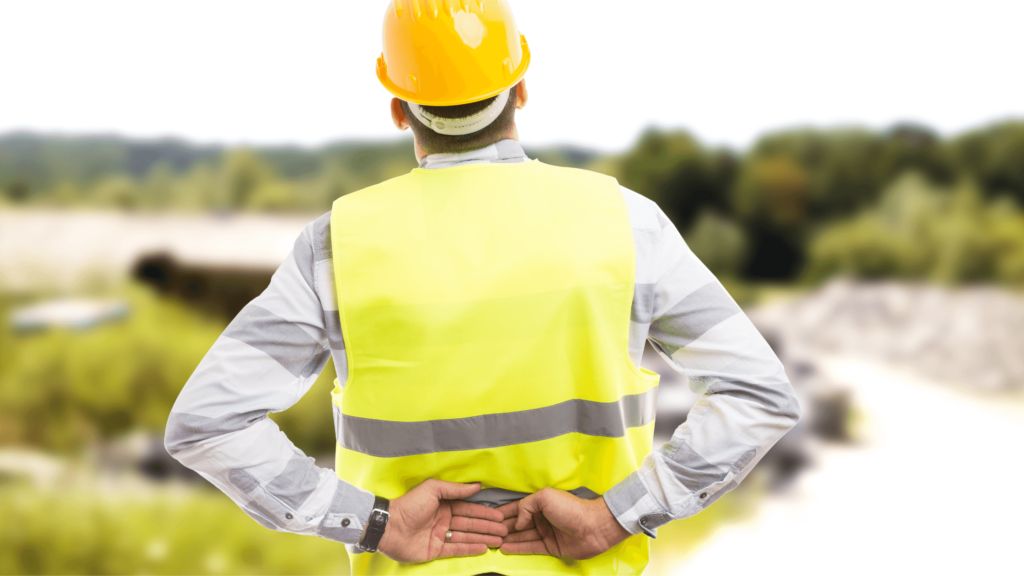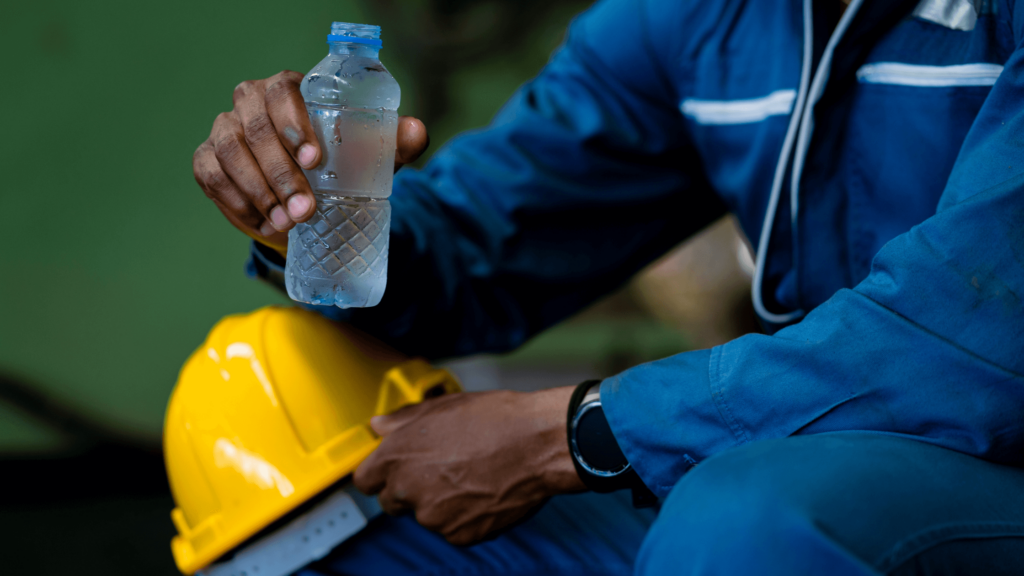Effective safety leadership starts at the top. Some effective safety leadership strategies include clear communication, accountability, adopting digital safety tools, and empowering workers.
Safety leaders or reps don’t have the best reputation on job sites, but a leader’s approach to managing workplace safety can make or break the outcomes. Research shows that positive safety leadership improves employee safety practices by up to 86%. However, becoming an effective safety leader requires a few things.
Here are our top tips.
7 tips to become an effective safety leader
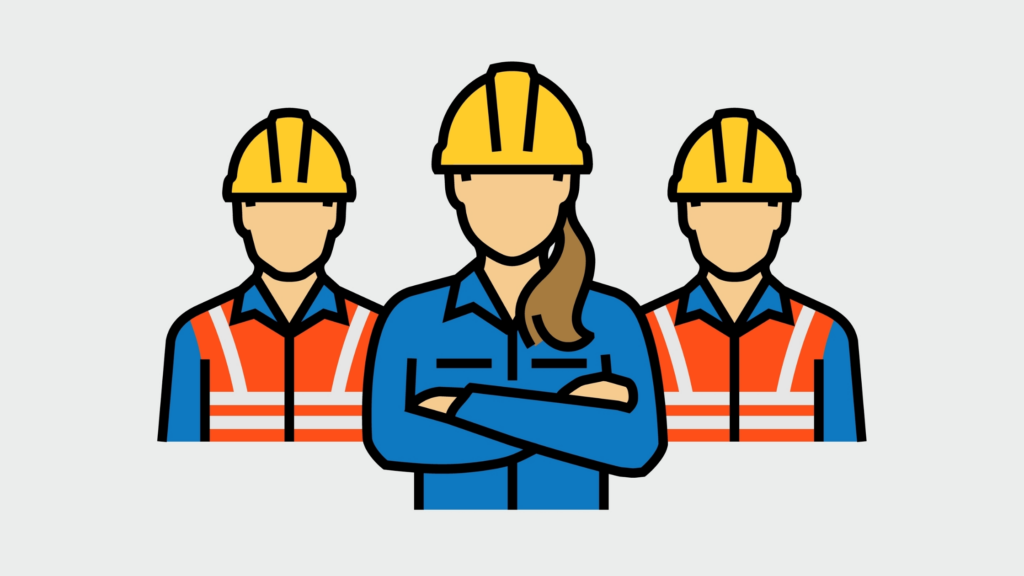
1. Lead by example
Effective safety leadership is characterized by exemplary performance. When you adhere to safety protocols, workers are more likely to, too. That means things like demonstrating proper use of personal protective equipment (PPE) or adhering to proper safety procedures. Construction managers must lead by example and commit to safety if they want their team to follow. This produces a culture of safety consciousness among workers.
Leading by example is also taking the initiative to identify and address potential safety hazards on job sites. Immediate action must be taken against safety hazards to maintain a safe work environment and minimize harm. This exemplifies your commitment to safety, instills a sense of responsibility toward safety among workers, and supports an environment where everyone feels encouraged to identify and report potential safety issues and hazards.
In short, safety leadership is characterized by a proactive approach that prioritizes worker and job site safety and fosters a culture of safety consciousness among all employees.
2. Clear communication is key
Establishing open communication channels is one of the easiest ways to encourage workers to adhere to safety protocols and report safety concerns without fear of retribution.
Regular safety meetings and toolbox talks are good opportunities to reinforce safety protocols, address worker concerns, and share best practices.
Effective communication is also vital to ensuring all workers fully understand safety procedures. This is particularly crucial in the construction industry, where language barriers may present a challenge. Visual aids and language-appropriate training materials can improve workers’ comprehension and adherence to safety guidelines.
Never assume or imply people know. Effective safety leaders get out into the field to demonstrate and communicate about proper safety measures and mitigate risks on their job sites.
But it’s important to understand that communication is a two-way street—safety leaders must also listen to workers and address their concerns and questions. An effective safety leader must be a trusted liaison between the workers and upper management.
The bottom line: Workers are much more likely to adopt new safety measures and follow protocols when they clearly understand what they need to do and what’s expected of them. That boils down to clear communication and demonstration from safety leaders.
3. Invest in ongoing training
The safety leader is responsible for prioritizing ongoing safety training and certification for their team members. This includes regular refresher courses on safety protocols, new employee training and orientation, and specialized training programs for specific tasks or equipment operations.
Training isn’t a one-time thing—it’s a continual process that is mandatory for workers to maintain a safe working environment. Courses and programs evolve with the project’s needs and industry advancements. By investing in ongoing training and education for their team, construction managers support a culture of competence and preparedness, which leads to improved job performance and lower risks.
4. Empower your team
Safety is collaborative. If participating in workplace safety events and training courses isn’t mandatory, workers aren’t going to. That’s why ensuring safety in the construction industry comes down to empowering workers to actively participate in the safety process.
This can be accomplished by encouraging workers to provide input on safety measures and value their opinions and ideas regarding developing safety protocols. Doing so not only taps into the workforce’s collective knowledge but also fosters a sense of ownership and accountability.
For example, establishing a safety committee or appointing safety ambassadors within different sectors can involve workers and empower them to follow safety protocols. But it’s also important to recognize and reward contributions to further reinforce the importance of individual and collective commitment.
5. Conduct regular inspections and audits
If regular audits and inspections on job sites aren’t completed, workers cannot be sure they are following safety protocols. Construction managers must commit to performing regular site inspections and audits to identify safety hazards and evaluate the efficacy of any safety measures implemented on-site.
These inspections should encompass every aspect of the work environment, from adherence to safety protocols to proper equipment maintenance and operation.
6. Accountability at all levels
Accountability equates to credibility. All company employees, whether executives or front-line workers, should be held accountable whenever safety is in question—and everyone should be held to the same standard.
When safety leaders follow through on accountability at every level, workers feel more comfortable and confident communicating ideas and concerns, which further feeds into a collaborative workplace.
7. Digitize safety
With plenty of tools available, construction managers must use things like safety management software, mobile applications, and wearable technology to enhance and streamline safety procedures and communication.
Digital tools allow for real-time incident reporting, track safety training records, identify and eliminate hazards, and offer instant access to safety manuals and guidelines. Adopting the latest construction technology enhances efficiency and showcases a commitment to keeping up with the latest safety innovations.
